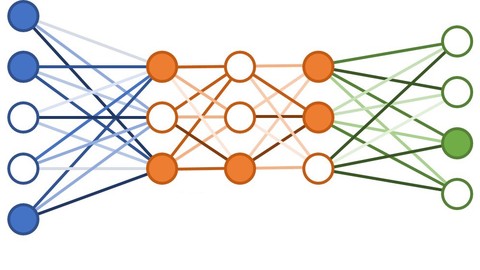Word2Vec: Build Semantic Recommender System with TensorFlow


Price: 49.99$
In this Word2Vec tutorial, you will learn how to train a Word2Vec Python model and use it to semantically suggest names based on one or even two given names. This Word2Vec tutorial is meant to highlight the interesting, substantive parts of building a word2vec Python model with Tensor Flow. Word2vec is a group of related models that are used to produce Word Embeddings. Embedding vectors created using the Word2vec algorithm have many advantages compared to earlier algorithms such as latent semantic analysis. Word embedding is one of the most popular representation of document vocabulary. It is capable of capturing context of a word in a document, semantic and syntactic similarity, relation with other words, etc. Word Embeddings are vector representations of a particular word. The best way to understand an algorithm is to implement it. So, in this course you will learn Word Embeddings by implementing it in the Python library, Tensor Flow. Word2Vec is one of the most popular techniques to learn word embeddings using shallow neural network. Word2vec is a particularly computationally-efficient predictive model for learning word embeddings from raw text. In this Word2Vec tutorial, you will learn The idea behind Word2Vec: Take a 3 layer neural network. (1 input layer + 1 hidden layer + 1 output layer)Feed it a word and train it to predict its neighbouring word. Remove the last (output layer) and keep the input and hidden layer. Now, input a word from within the vocabulary. The output given at the hidden layer is the ‘word embedding’ of the input word. In this Word2Vec tutorial we are going to do all steps of building and training a Word2vec Python model (including pre-processing, tokenizing, batching, structuring the Word2Vec Python model and of course training it) using Python Tensor Flow. Finally, we are going to use our trained Word2Vec Python model to semantically suggest names based on one or even two given names. Let’s start!






